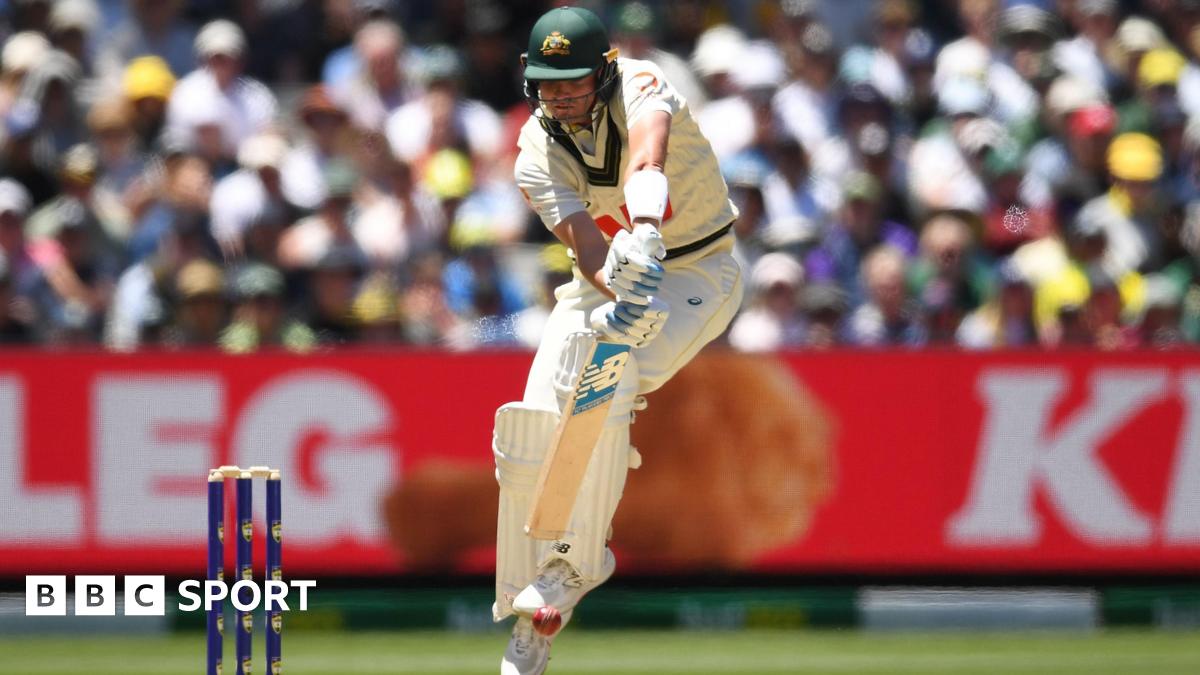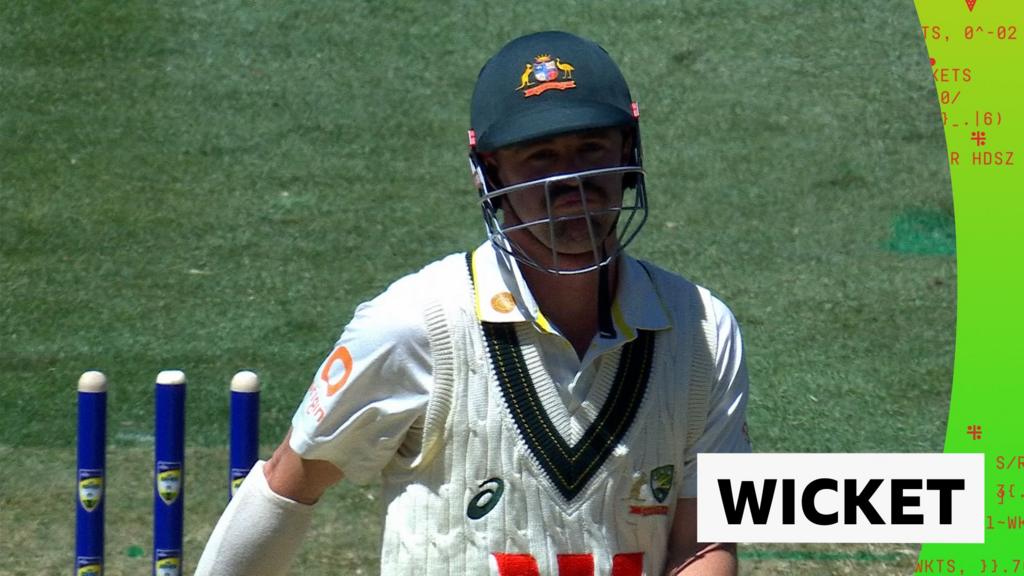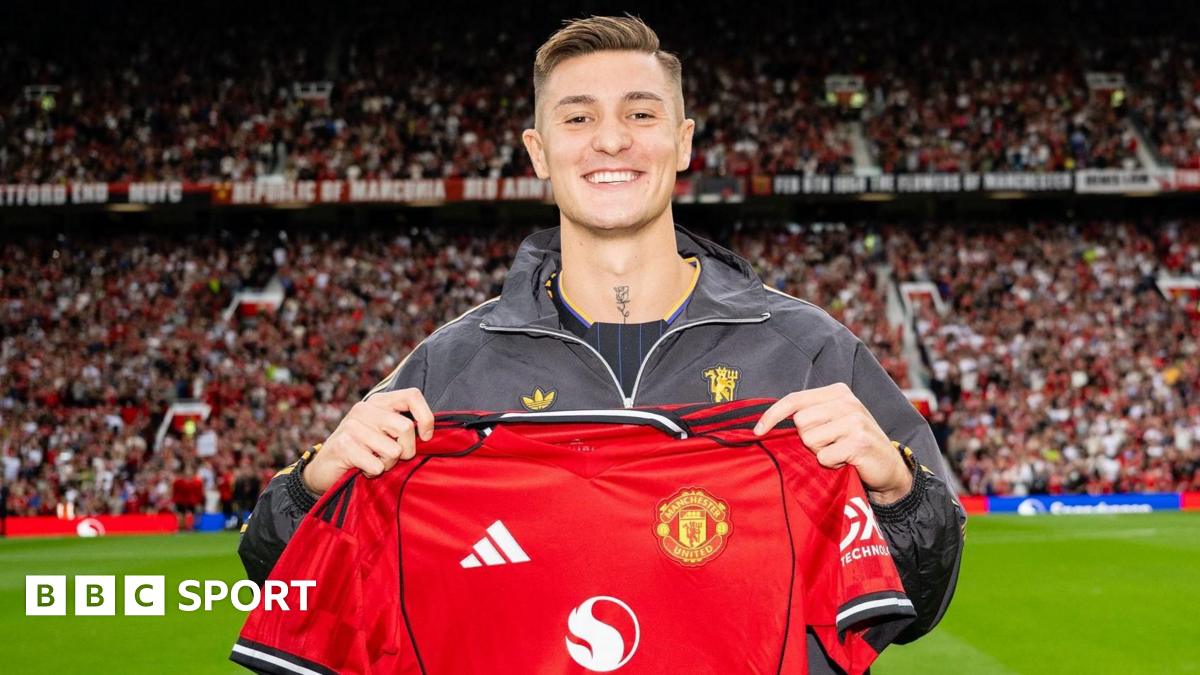Footballers are more likely to develop worse brain health over the age of 65 than the general population, according to new research.
The Scores Project, based at the University of East Anglia, assessed 145 former footballers.
It found the cognitive function and brain health of former players aged 40 to 50 outperformed the general population in the same age bracket.
But ex-players aged over 65 fared poorly compared to their counterparts.
“We know that regular exercise is really good for brain health and our research confirms that professional footballers have improved brain health in their 40s compared with non-footballers,” lead researcher and sports concussion expert Dr Michael Grey said.
“The physical exercise associated with professional football keeps their bodies and brains in tip-top shape and this extends to their retirement.
“But when they get to 65 – that’s when things are starting to go wrong. The over-65s performed worse when assessed for things like reaction time, executive function and spatial navigation. These are early warning signs for deteriorating brain health.
“This shows us that the exercise associated with playing football is good for the brain but the negative effects of contact sport do begin to appear later in life.”
In 2019, a study by Professor Willie Stewart found former footballers were about three and a half times more likely to die of neurodegenerative brain disease than the general population.
A series of high-profile cases of ex-players being diagnosed with dementia, including England’s 1966 World Cup winner Sir Bobby Charlton, has led to campaigning for more research into the issue.
In May, the Professional Footballers’ Association launched a new consultation on brain injuries, asking former players with concerns to come forward.
New guidelines issued last July said professional footballers in England are to be limited to 10 “higher force headers” a week in training from the 2021-22 season.
Dr Grey accepts the findings in the Scores data – which stands for Screening Cognitive Outcomes after Repetitive head impact Exposure in Sport – is just a first picture and that a larger sample size is now needed to provide even deeper insight and more refined age comparisons.
“These assessments are ongoing and the participants are being monitored for changing brain health over time, so we will hopefully follow our cohort of former footballers for the rest of their lives. This will give us a really clear picture of the potential damage caused by heading the ball,” he said.
“This research highlights the need to investigate ways we can limit the damage to the brain as people play sport and to monitor brain health as we get older.”
He is working with the Professional Footballers’ Association to recruit more participants.



































